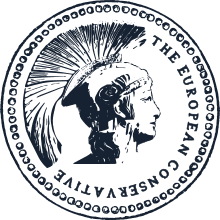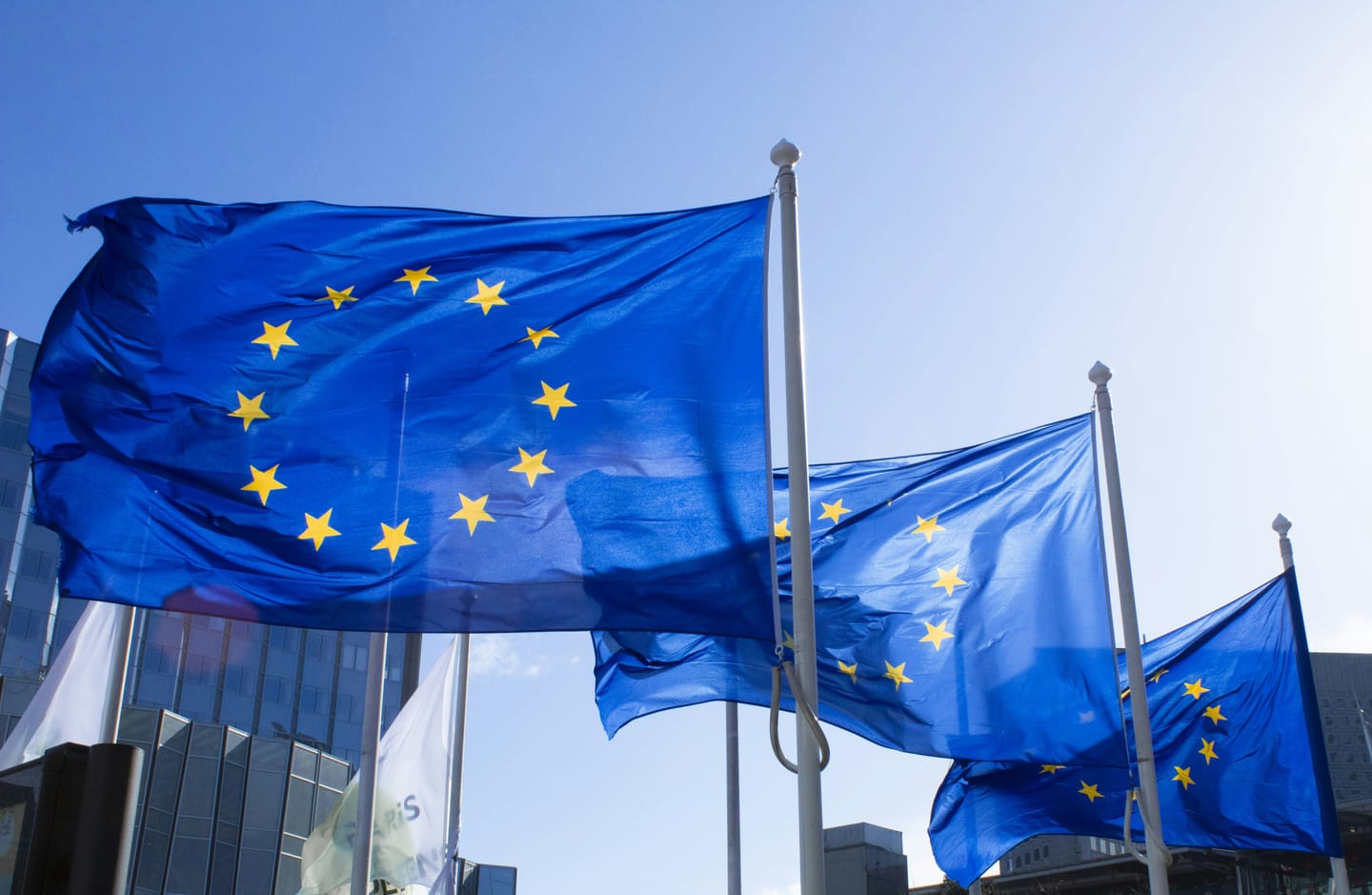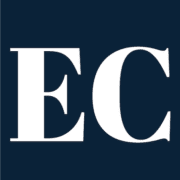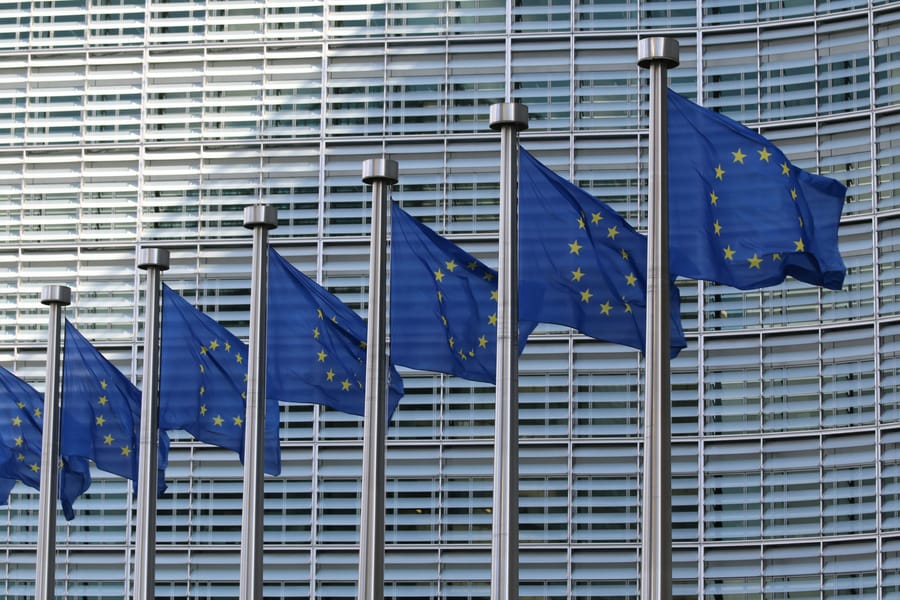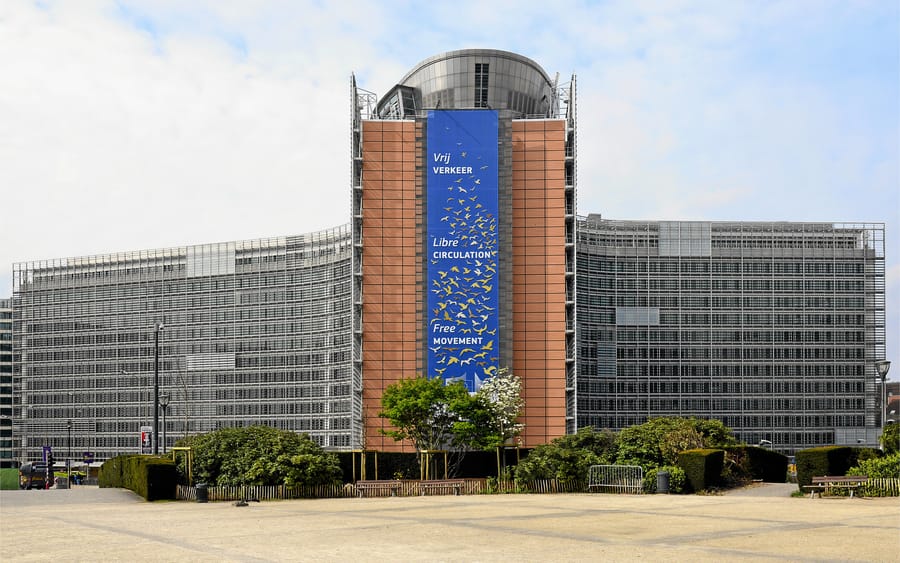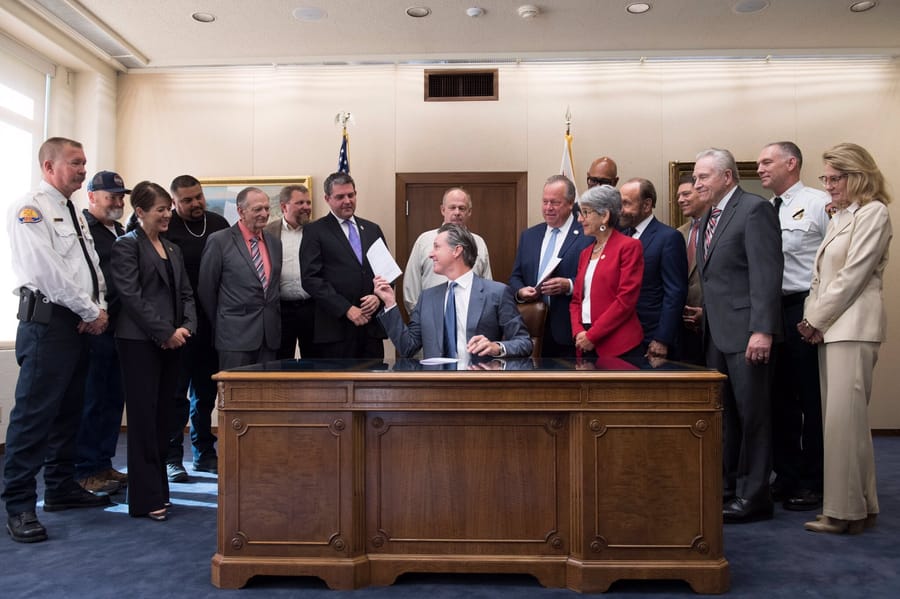In early April 2025, the European Commission officially prohibited AI-powered virtual assistants from participating in its online meetings, first implementing the ban during a video conference with representatives from a network of digital policy support offices across Europe, where an "Online Meeting Etiquette" slide clearly stated: "No AI Agents are allowed". The Commission confirmed the decision on April 17, but declined to elaborate on the reasons behind the measure, while the technology currently isn't covered by any specific legislation, though the AI models that power the agents will have to abide by the EU's binding AI Act.
AI agents are software applications designed to perceive and interact with the virtual environment, operate autonomously, but their work is set by "specific predefined rules" – as formulated in the Commission's package on virtual worlds published March 31. These tools go beyond traditional chatbots like OpenAI's ChatGPT, capable of tackling several tasks autonomously, such as joining online meetings, taking notes, or even reciting certain information on behalf of users, while leading AI companies, including OpenAI, Microsoft, and French firm Mistral, are all experimenting with their own AI agent applications. According to a 2025 report from global AI experts, they may pose security risks as users are unaware of what their AI agents are doing, they can operate outside of the user's control, and AI-to-AI interactions can occur.
Gartner predicts that by 2028, 33% of enterprise software applications will include agentic AI, up from less than 1% in 2024, and a fifth of online store interactions and at least 15% of day-to-day work decisions will be conducted by agents. Anthropic added a Computer Use feature to its Claude Sonnet chatbot in October 2024, giving it the ability to navigate desktop apps, move cursors, click buttons, and type text, while OpenAI announced Operator in January, an agentic tool that runs in-browser to autonomously perform actions such as ordering groceries or booking tours.
Sources:
1.

2.
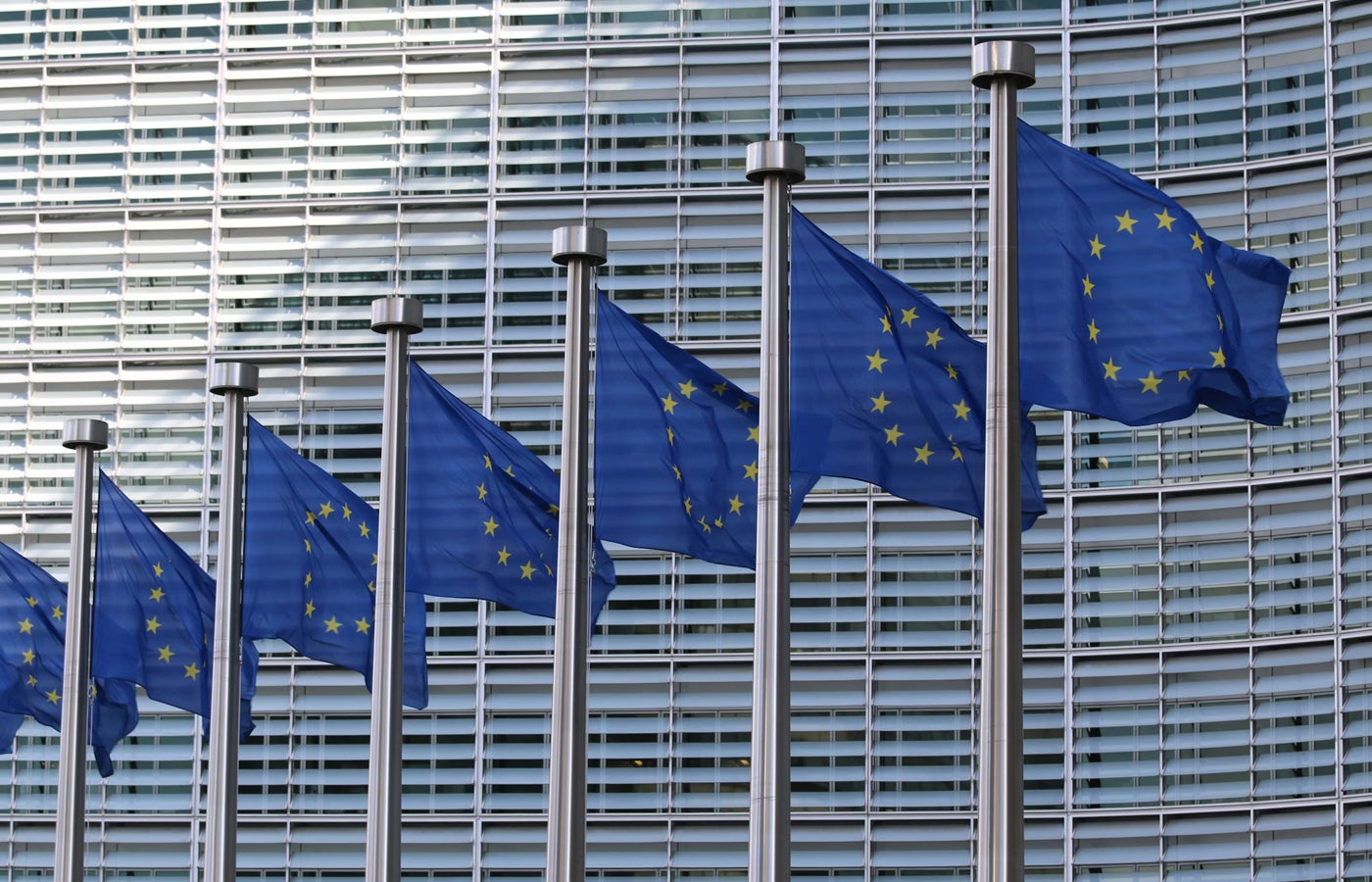
3.
